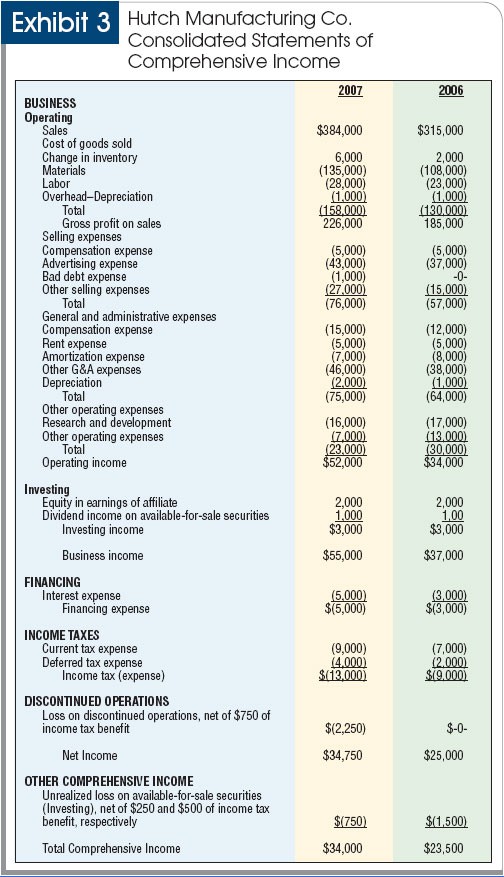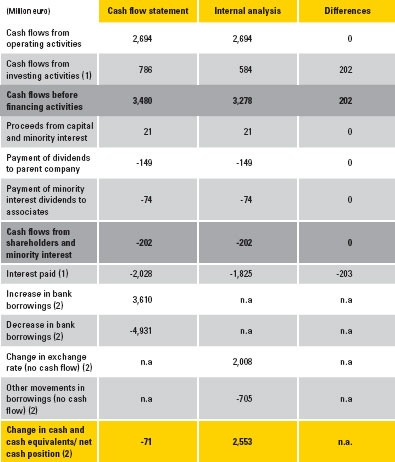IAS 7
Post on: 22 Апрель, 2015 No Comment

Overview
IAS 7 Statement of Cash Flows requires an entity to present a statement of cash flows as an integral part of its primary financial statements. Cash flows are classified and presented into operating activities (either using the ‘direct’ or ‘indirect’ method), investing activities or financing activities, with the latter two categories generally presented on a gross basis.
History of IAS 7
Related Interpretations
Amendments under consideration by the IASB
Summary of IAS 7
Objective of IAS 7
The objective of IAS 7 is to require the presentation of information about the historical changes in cash and cash equivalents of an entity by means of a statement of cash flows, which classifies cash flows during the period according to operating, investing, and financing activities.
Fundamental principle in IAS 7
All entities that prepare financial statements in conformity with IFRSs are required to present a statement of cash flows. [IAS 7.1]

The statement of cash flows analyses changes in cash and cash equivalents during a period. Cash and cash equivalents comprise cash on hand and demand deposits, together with short-term, highly liquid investments that are readily convertible to a known amount of cash, and that are subject to an insignificant risk of changes in value. Guidance notes indicate that an investment normally meets the definition of a cash equivalent when it has a maturity of three months or less from the date of acquisition. Equity investments are normally excluded, unless they are in substance a cash equivalent (e.g. preferred shares acquired within three months of their specified redemption date). Bank overdrafts which are repayable on demand and which form an integral part of an entity’s cash management are also included as a component of cash and cash equivalents. [IAS 7.7-8]
Presentation of the Statement of Cash Flows
Cash flows must be analysed between operating, investing and financing activities. [IAS 7.10]
Key principles specified by IAS 7 for the preparation of a statement of cash flows are as follows:
- operating activities are the main revenue-producing activities of the entity that are not investing or financing activities, so operating cash flows include cash received from customers and cash paid to suppliers and employees [IAS 7.14]
- investing activities are the acquisition and disposal of long-term assets and other investments that are not considered to be cash equivalents [IAS 7.6]
- financing activities are activities that alter the equity capital and borrowing structure of the entity [IAS 7.6]
- interest and dividends received and paid may be classified as operating, investing, or financing cash flows, provided that they are classified consistently from period to period [IAS 7.31]
- cash flows arising from taxes on income are normally classified as operating, unless they can be specifically identified with financing or investing activities [IAS 7.35]
- for operating cash flows, the direct method of presentation is encouraged, but the indirect method is acceptable [IAS 7.18]
The direct method shows each major class of gross cash receipts and gross cash payments. The operating cash flows section of the statement of cash flows under the direct method would appear something like this:














